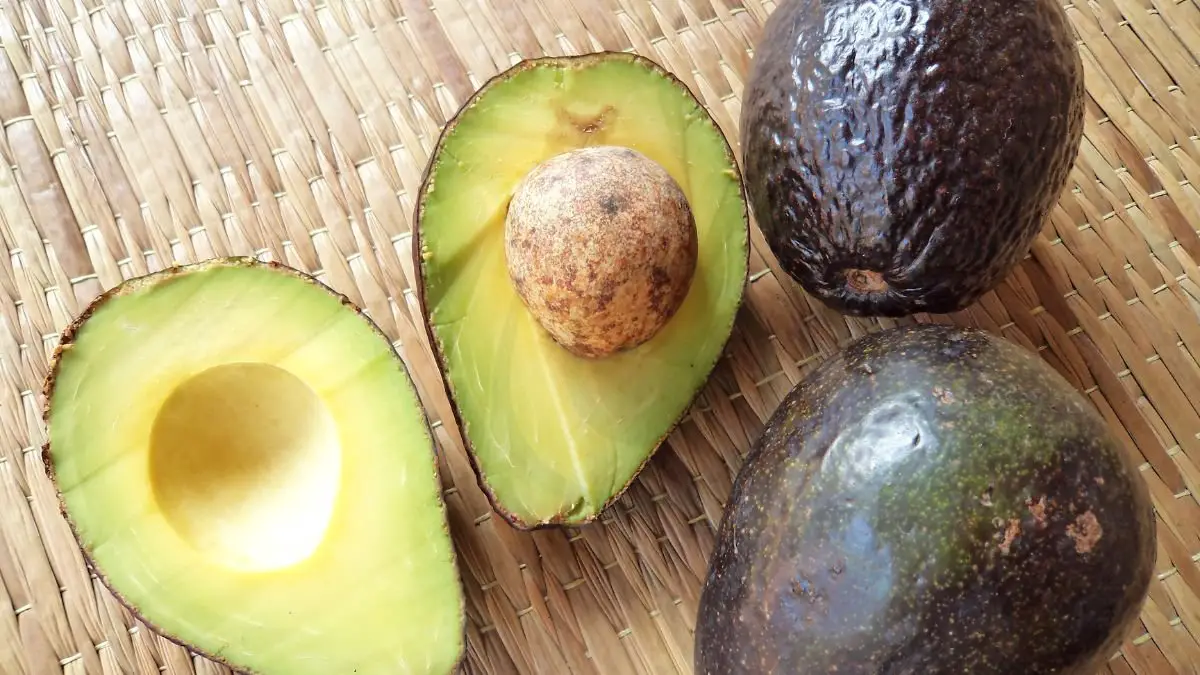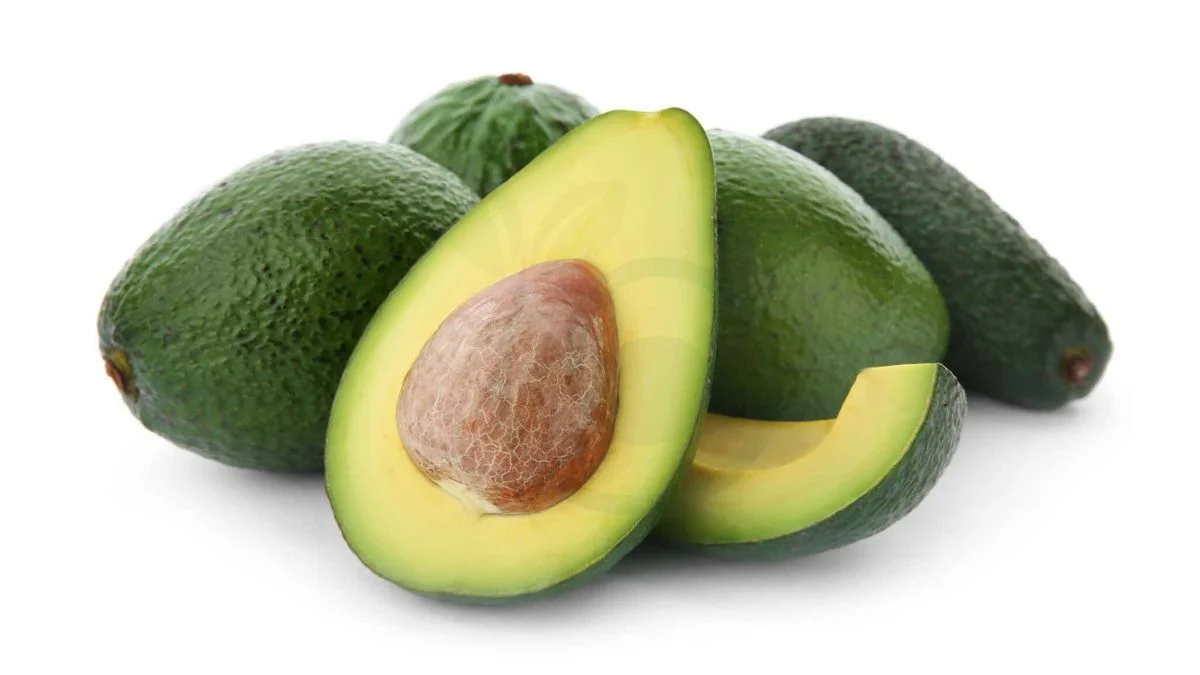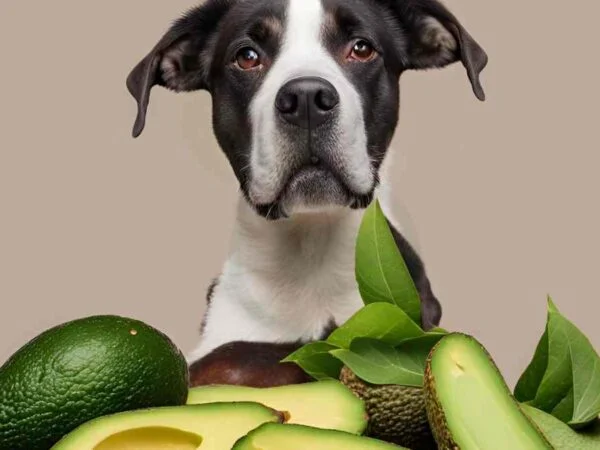
Avocados are a versatile and nutritious fruit, but once cut, they tend to oxidize quickly and turn an unappetizing brown color. Fortunately, there are simple tricks you can use to keep your cut avocados looking fresh and vibrant for longer periods. By following these easy steps, you can enjoy your avocado dishes without worrying about them spoiling too soon.
Why Avocados Brown
Oxidation Process
Avocados brown due to oxidation, a natural process when the fruit's flesh is exposed to air. This reaction occurs because of the presence of the polyphenol oxidase (PPO) enzyme in avocados. The PPO enzyme triggers a series of chemical reactions that result in browning.
Air exposure plays a crucial role in accelerating avocado browning. When cut, avocados come into contact with oxygen, leading to enzymatic reactions that cause the fruit to turn brown. To prevent browning, it is essential to minimize air exposure by storing avocados properly.
Impact of Air Exposure
Minimizing air exposure is vital for preventing avocado browning. By limiting the fruit's contact with oxygen, you can slow down the enzymatic reactions responsible for browning. Storing avocados in airtight containers helps create a barrier against air exposure, keeping the fruit fresh for longer periods.
Natural Enzymes
Avocados contain natural enzymes that contribute to their browning process. These enzymes, including polyphenol oxidase, are activated when the fruit is cut or damaged. Controlling enzymatic activity through proper handling and storage techniques is key to preserving avocados and extending their shelf life. Understanding these natural enzymes is essential for effectively preventing avocado browning.
Preserving Freshness

Lemon or Lime Juice
Applying lemon or lime juice on cut avocados can effectively prevent browning by reducing the pH levels. The acid in these juices slows down enzymatic browning, keeping the avocado fresh for longer periods. Citrus juices act as natural preservatives, delaying the discoloration process.
Olive Oil Coat
Coating cut avocados with olive oil forms a protective barrier that inhibits enzymatic activity, thus preventing browning. The oil seals off the avocado from oxygen exposure, which is a key factor in the browning process. Using olive oil as a natural preservative not only maintains freshness but also adds a pleasant flavor to the fruit.
Airtight Storage
Storing cut avocados in airtight containers is crucial to preserving their freshness. By limiting oxygen exposure, airtight storage significantly delays the browning of avocados. This method effectively prevents oxidation reactions that lead to discoloration, ensuring your avocados stay green and appetizing for longer durations.
Innovative Methods
Submerge in Water
Submerging cut avocados in water is a technique that can effectively prevent browning. Water reduces enzymatic activity and oxidation, keeping the avocado fresh. This simple method involves placing the cut avocado in a bowl of water to maintain its freshness.
Cling Wrap Seal
Sealing cut avocados with cling wrap offers several benefits. The cling wrap creates a barrier that prevents oxygen exposure, delaying the browning process significantly. This method is convenient and highly effective in preserving the freshness of avocados for longer periods.
Onion Layering
Layering cut avocados with onions is a way to prevent browning naturally. Onions contain compounds that inhibit enzymatic browning, helping to keep the avocado fresh. This natural and effective method of using onions ensures the preservation of avocados without any chemical additives.
Avoiding Common Myths
Pit Preservation
Avocado pits play a crucial role in preventing the fruit from turning brown. When left in contact with the avocado flesh, the pit releases compounds that help delay oxidation. This simple yet effective technique of pit preservation is a natural way to maintain avocado freshness.
Leaving the pit intact when storing half an avocado can significantly reduce browning. The pit acts as a barrier between the flesh and air, slowing down the enzymatic browning process. By keeping the pit in direct contact with the exposed flesh, you create a protective layer that helps preserve the avocado's color and texture.
Utilizing the pit preservation method is not only easy but also environmentally friendly. Instead of using plastic wraps or other artificial preservatives, simply leave the pit in place to keep your avocado halves fresh for longer periods. This natural approach is both effective and sustainable, making it a go-to solution for preventing browning.
Practical Tips for Longevity
Proper Refrigeration
Refrigerating avocados is crucial to prevent browning as it slows down enzymatic reactions. The optimal storage temperature for avocados is around 40 degrees Fahrenheit. Humidity levels between 90-95% help maintain freshness. Refrigeration significantly extends the shelf life of avocados by delaying ripening.
Ripeness at Cutting
The ripeness of avocados greatly influences browning after cutting. Cutting ripe avocados accelerates the oxidation process due to increased enzyme activity. Choosing the right level of ripeness before cutting can minimize browning. Opt for slightly firm yet ripe avocados to reduce enzymatic browning effects.
Testing Preservation Techniques
Duration of Freshness
Preservation methods like storing in an airtight container or adding lemon juice can impact avocado freshness. Refrigeration can also extend the lifespan of cut avocados.
Avocados typically stay fresh for 1-2 days after being cut open. However, factors such as temperature and exposure to air can influence how long they remain edible.
Factors like humidity levels, degree of ripeness, and storage conditions play a crucial role in determining how long a cut avocado will stay fresh.
Visual Quality
Enzymatic browning is the primary reason why avocados turn brown after being cut. This process occurs due to the exposure of avocado flesh to oxygen.
Changes in color from vibrant green to brown and alterations in texture indicate that an avocado is starting to deteriorate. Regularly checking for these signs is essential for ensuring the quality of the fruit.
Visual inspection is key in determining if a cut avocado is still good to eat. Any significant changes in color or texture should be taken as indicators of spoilage.
Quick Ripening Tricks
Ethylene Exposure
Avocados are sensitive to ethylene gas, a natural plant hormone that speeds up ripening and leads to browning. Ethylene exposure can come from various sources like fruits, especially bananas and apples. To minimize ethylene exposure, store avocados away from these ethylene-releasing fruits.
When avocados are exposed to ethylene gas, they undergo chemical changes that accelerate the ripening process, turning the flesh brown. The presence of ethylene gas in the environment triggers enzymatic reactions within the avocado, leading to softening and browning. To maintain avocado freshness, it is crucial to limit their exposure to this ripening agent.
rces of ethylene gas can include not only other ripe fruits but also certain vegetables and even household items such as cigarette smoke. By being mindful of where avocados are stored, one can effectively control their exposure to ethylene gas and extend their shelf life significantly. Proper storage practices play a vital role in preserving the quality of avocados for longer periods.
To prevent premature ripening and browning of avocados, it is essential to keep them separate from ethylene-producing fruits during storage. By creating a designated area for avocados away from bananas, apples, and other ethylene emitters, individuals can ensure that their avocados remain fresh for consumption over an extended period. Proper handling and storage techniques are key in maintaining the optimal quality of avocados.
Summary
In understanding why avocados turn brown and exploring various methods to keep them fresh, you've gained valuable insights into preserving the longevity of this beloved fruit. By debunking common myths and testing innovative techniques, you're now equipped with practical tips and quick tricks to extend the shelf life of your avocados effectively.
Take charge of keeping your cut avocados from browning by applying the preservation strategies learned here. Experiment with different methods, share your success stories with others, and continue enjoying ripe and fresh avocados for longer periods. Your efforts will not only save you from wastage but also elevate your culinary experiences with this versatile and nutritious fruit.
Frequently Asked Questions
How do avocados turn brown?
Avocados turn brown due to oxidation, a natural process when exposed to air. Enzymes in the fruit react with oxygen, causing discoloration.
What are effective methods to keep cut avocados from turning brown?
- Citrus Juice: Brush cut avocado with lemon or lime juice.
- Storage: Keep the pit in the avocado and cover tightly with plastic wrap.
- Onion Method: Store with a piece of onion to prevent browning.
Are there any myths about preventing avocado browning?
Common myths include:
- Rubbing oil on the cut surface prevents browning.
- Leaving the pit in the guacamole keeps it fresh.
- Water can help preserve cut avocados.
How can I extend the freshness of a cut avocado?
To prolong the freshness of a cut avocado:
- Use an airtight container.
- Store in the refrigerator.
- Consider vacuum sealing for longer preservation.
Can you speed up ripening of avocados?
To quicken ripening:
- Place avocados in a paper bag with an apple or banana.
- Keep them at room temperature for faster ripening.
Image Source: Paid image from CANVA



